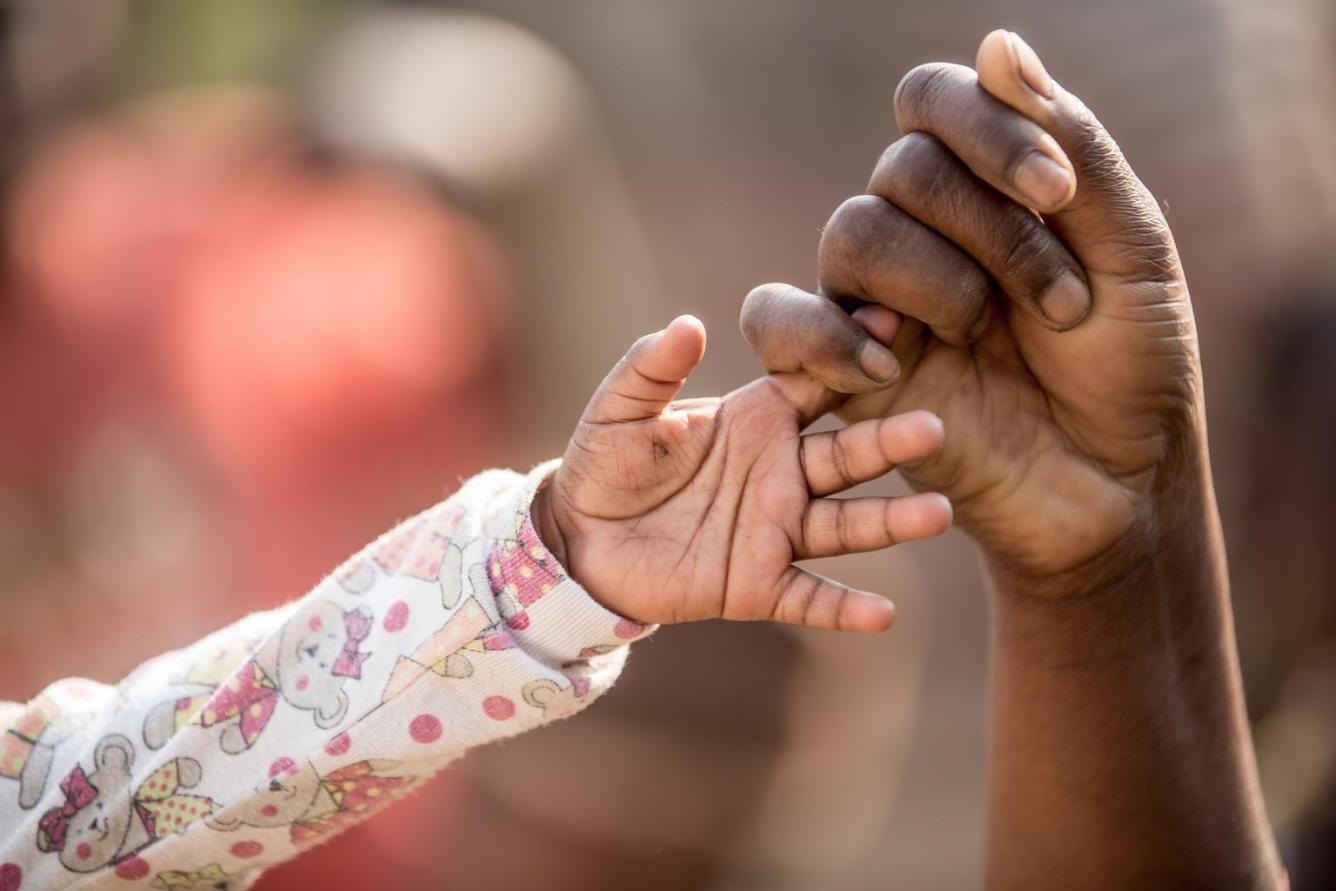Guest blog from Dr. Chewe Luo, Associate Director and Chief, HIV and AIDS.
I am Dr. Chewe Luo, Chief of UNICEF’s HIV and AIDS programme since 2016. For 20 years, I have had the privilege of meeting and learning from thousands of pregnant women, children and particularly adolescents living with HIV while working as a child health clinician and researcher in my native Zambia, and in the United Kingdom and many other parts of the world. Their voices, interests and expectations have helped guide my efforts at UNICEF and elsewhere to support countries in scaling up HIV and maternal child health services and programmes to better reach all in need.
As I continue to listen to and learn from them, I see the value and importance of being flexible and open when considering where and how UNICEF can play a leading role in ending AIDS, especially in adolescents and young women.



